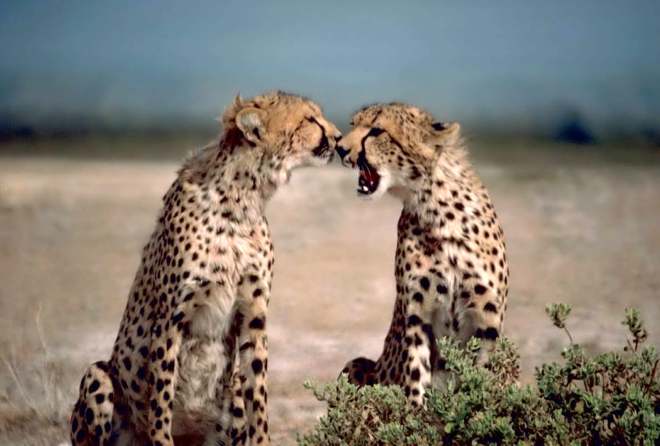Perhaps you own a herding dog who herds your cat, or a Dogue de Bordeaux who watches over your children like he would fine wine. Many of us have some knowledge of the working instincts of various dogs, because we can observe them in our own homes. Sometimes, a family pet’s only job is to sit nearby and be petted, and that’s a job a dog takes very seriously.

In the world of sustainable agriculture, many old technologies are getting a long look. Cover crops, mixed-use farms, and most importantly, the entire way-of-life at whose core is the philosophy that we are simply stewards of the land are examples. There is one old technology that hasn’t enjoyed this kind of attention lately: the use of dogs to reduce predation on livestock.
This is indeed a very old practice
The Roman Marcus Terentius Varro wrote in 37 BC, “The dog is essential for those who raise animals for wool. It is the guardian of livestock in general but is the natural defender of the sheep and goats. The wolf lurks constantly and we oppose it with the dogs”.

The Great Pyrenees, one the most important breeds doing this work, was first described in literature in the 15th century, and is known to be related to dogs originating in Italy, Hungary, and Turkey, establishing a clear history of this relationship between humans and dogs across southern Europe, as well as between dogs and livestock. In Turkey, the Anatolian shepherd has a 6,000 year history, but it is most notable for its use in modern conservation efforts for cheetahs in South Africa.
Daddy’s taking us to the zoo tomorrow!
The Cincinnati Zoo and Botanical Garden is one of nine Association of Zoos and Aquariums accredited breeding centers for the conservation of cheetahs. For cheetahs in the wild, conservation often means a relationship of mutual respect with human neighbors.
It’s not hard to admire a big cat who also can easily outrun Usain Bolt: they are majestic animals by any definition, and regular participants in the Zoo’s Cheetah Encounter show, where people in the local area can see them close-up. But, if you’re a farmer in South Africa whose livestock are being pulled down by cheetahs, the relationship quickly changes to one of complete enmity.

In order to preserve that relationship of mutual respect, the Zoo supports Cheetah Outreach, which places Anatolian shepherd dogs with these farmers. According to their website, “Because a majority of cheetahs in southern Africa live outside protected areas on farmland, it is essential for the survival of the species to find non-lethal methods of protecting livestock from predators in order to reduce conflict between farmers and cheetahs.” This is exactly the dogs’ job. They are watchdogs–though not over homes, but rather over important property–livestock. They don’t herd the sheep or goats; many farms have other dogs for that job.
Which way did he go?
One of the interesting left turns of my life at work has been getting to know a working dog. His name was Kane, and he lived on the J. Seward Johnson estate known as Jasna Polana, in Princeton, NJ. Kane and I spent weekend mornings flushing geese in the warmer seasons of the year, and in winter he spent that time quietly lying at the feet of a security guard as he monitored the estate’s CCTV.
Working dogs take their greatest pleasure in the work that they do. Their need for companionship or encouragement doesn’t take precedence over the work, though they’ll take what they can get.
In West Texas, sheep and goats routinely range over a thousand acres of pasture, and ranchers often don’t have daily contact with their livestock, in contrast to how these animals are kept in other parts of the world. Because of these key differences, not much is known about the use of dogs to deter predators here. However, at least ten percent of lambs and kids are lost to predators each year.

Dr Reid Redden, a researcher at Texas A & M University, led a study which paired young dogs with ranchers who were first-time dog handlers, and he gathered some significant data. In spite of the inexperience of both man and canine, and in spite of varying problems that affected approximately half of the dogs, the loss of lambs and kids was reduced 25% over the six participating ranches. GPS collar data indicated that the dogs’ average travel was 2.5 miles daily over an average range of 600 acres. If effort and energy spent account for anything, these were some of the hardest-working dogs on the planet. They have earned any praise or attention they get.